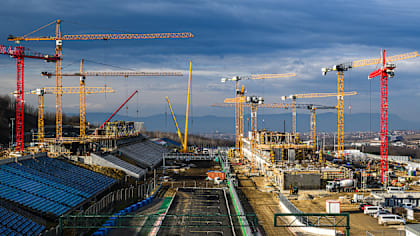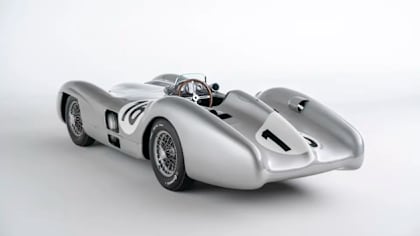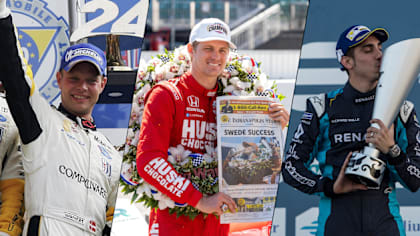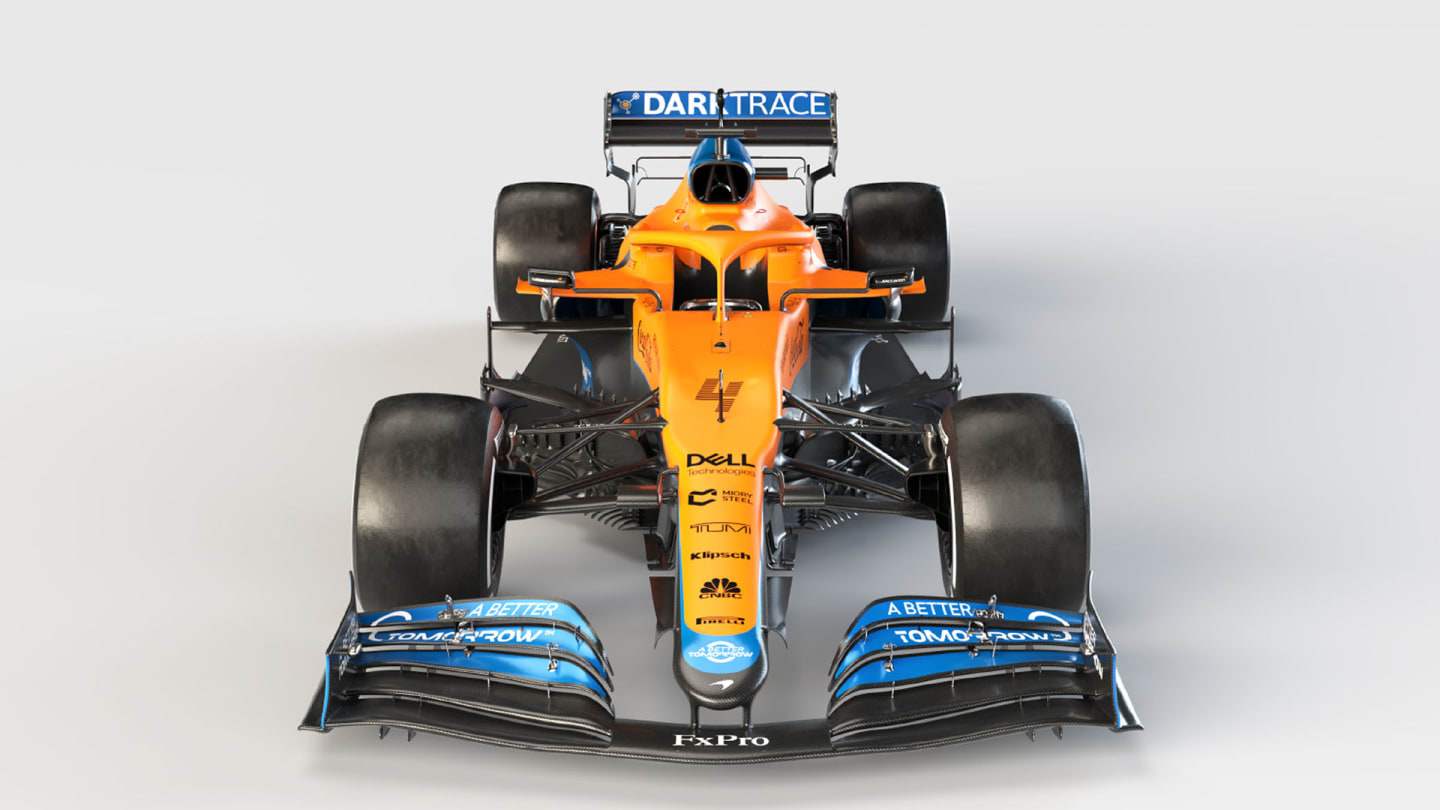
Technical
RAPID REACTION: Our first tech take on McLaren's 2021 MCL35M

Share

McLaren had their best season since 2012 last year, finishing third in the constructors' championship behind Mercedes and Red Bull. Can they hold on to that spot in 2021, or do even better with the MCL35M? F1 technical expert Mark Hughes gives his verdict on the new car, which was revealed to the world on Monday.
McLaren’s 2021 car is less clearly related to its 2020 predecessor than is the case for any other team – thanks to their switch from Renault to Mercedes for the power unit and how this has uniquely allowed the team to make accommodating changes to their chassis despite the 2020 homologation rule.
READ MORE: McLaren unveil Mercedes-engined MCL35M to be piloted by Ricciardo and Norris in 2021
But it is important to realise that none of the teams are prohibited from making changes to the bodywork of their cars by the chassis homologation; it applies only to the monocoque beneath the bodywork. It is in this that McLaren have been given leeway to make an appropriate installation for their new engine.
So the fact that the new MCL35M has completely new bodywork is not controversial, because every team can be expected to be doing that, especially given the aero reg changes that have been made to reduce downforce acting upon the rear tyres. The attention of McLaren’s immediate rivals will likely be on whether they have been able to use the adaptation allowance to dovetail with the aim of greater aero performance.
In talking about the car – the first of the 2021 crop to be revealed – Technical Director James Key was naturally playing this aspect down. “There isn’t one solution on how the power units are laid out,” he says, “or the sizing of various key components that affect the car's architecture. So what we needed to try to do with respect to the homologation process was not change things that didn't really need to change in line with installing the engine.
"But clearly there were measures we needed to do to the homologated parts. So that allowed us to change the chassis, which of course has to change with a new engine and energy store.
"There are aspects of the gearbox for packaging purposes which have changed. The electrical system is completely different, the cooling system – which is otherwise largely homologated this year – is totally different as well. So fundamentally the architecture of the car is quite different but the homologated areas that we needed to stick to are as unaffected as possible.”
Key in fact suggests that the power unit change in combination with a homologated chassis has actually made optimising the design more difficult. “It added an extra dimension which probably led to a slightly suboptimal approach compared to what you do if you're completely free, but I don't think it was that much of a compromise.”
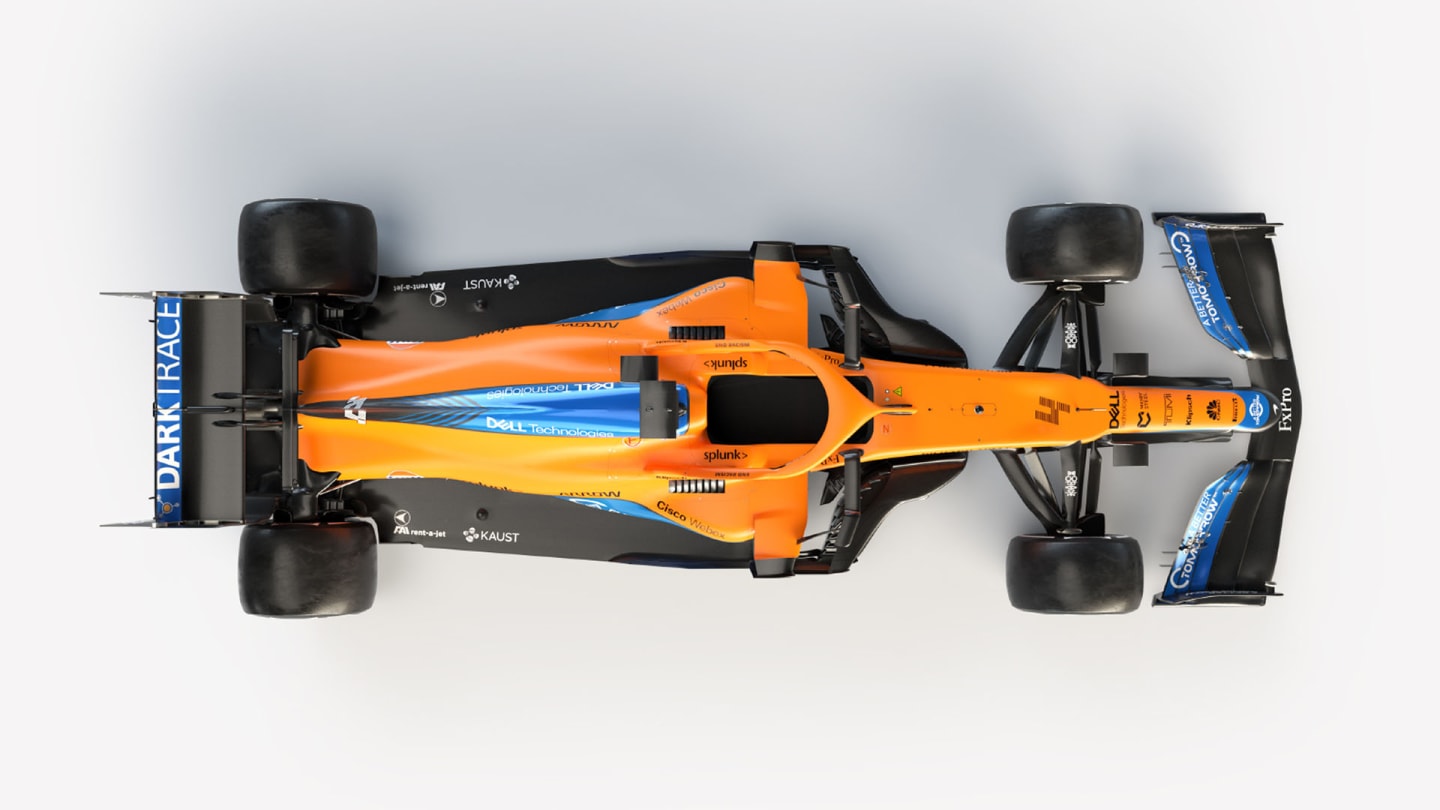
As this image shows, the rear axle line appears to have been moved back compared to last year's car
Visually, the car looks like last year’s car but with the slimmer rear floor as demanded by the regulations.
READ MORE: What exactly are the revised 2021 aero regs – and will they shake up the order?
The nose is as was trialled on the car from Mugello last year (as demanded by the homologation cut-off date in order for it not to cost any 2021 tokens) and the front wing looks as if it’s actually from the 2020 car.
In plan view (the image above), the different packaging for the engines is hinted at with what appears to be the moving back of the rear axle line. Because of the front-mounted compressor, the Mercedes engine will sit slightly further back from the cockpit bulkhead than the Renault unit.
To retain the ideal weight distribution within the range allowed by the regulations, it may have been necessary to move the axle line back by the appropriate extent. The surfaces are subtly different around the sidepods, which appear to be slightly narrower.
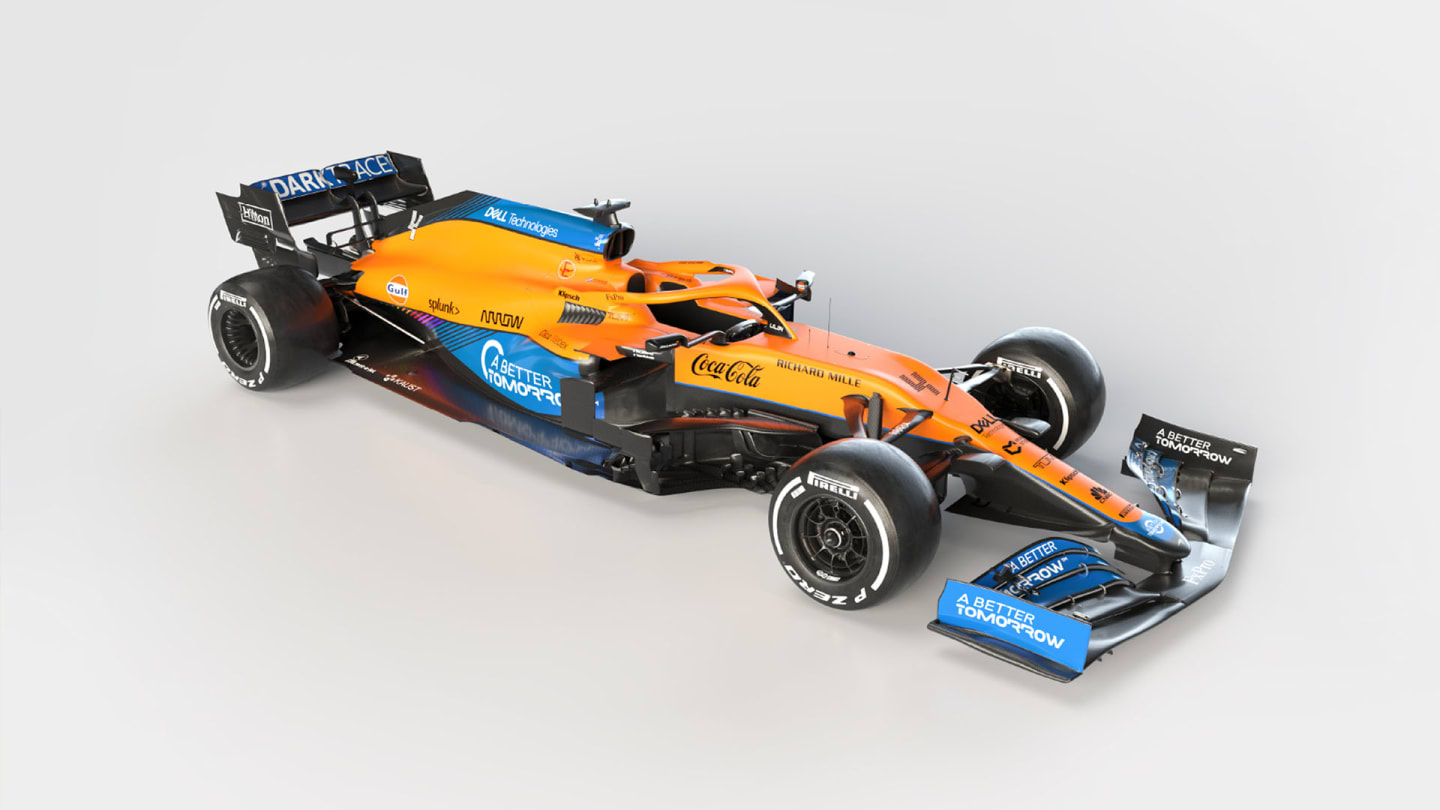
Key confirms that the new narrow floor regulations, together with restrictions on the rear brake ducts, have forced a complete rethink of the aerodynamics around the rear quarters of the car.
“The aero regs aren't really affected by this homologation process so other than the nose cone, the rest is still up for grabs so there has been an aero push,” concedes Key. “Any new set of regs naturally opens up fresh opportunities in other areas anyway. There are some fresh ideas on there.
"The front of the car from a regulation point of view hasn't changed at all so there are developments that we're still working on in those areas as well, and that will continue on into the season.
"It would be naive to think that you can kind of just adapt a bit to the reg changes and move on; everyone’s going to be pushing for sure so we wanted to make sure we were doing the same. So it's just this balancing act between next year and this year as we look forwards.”
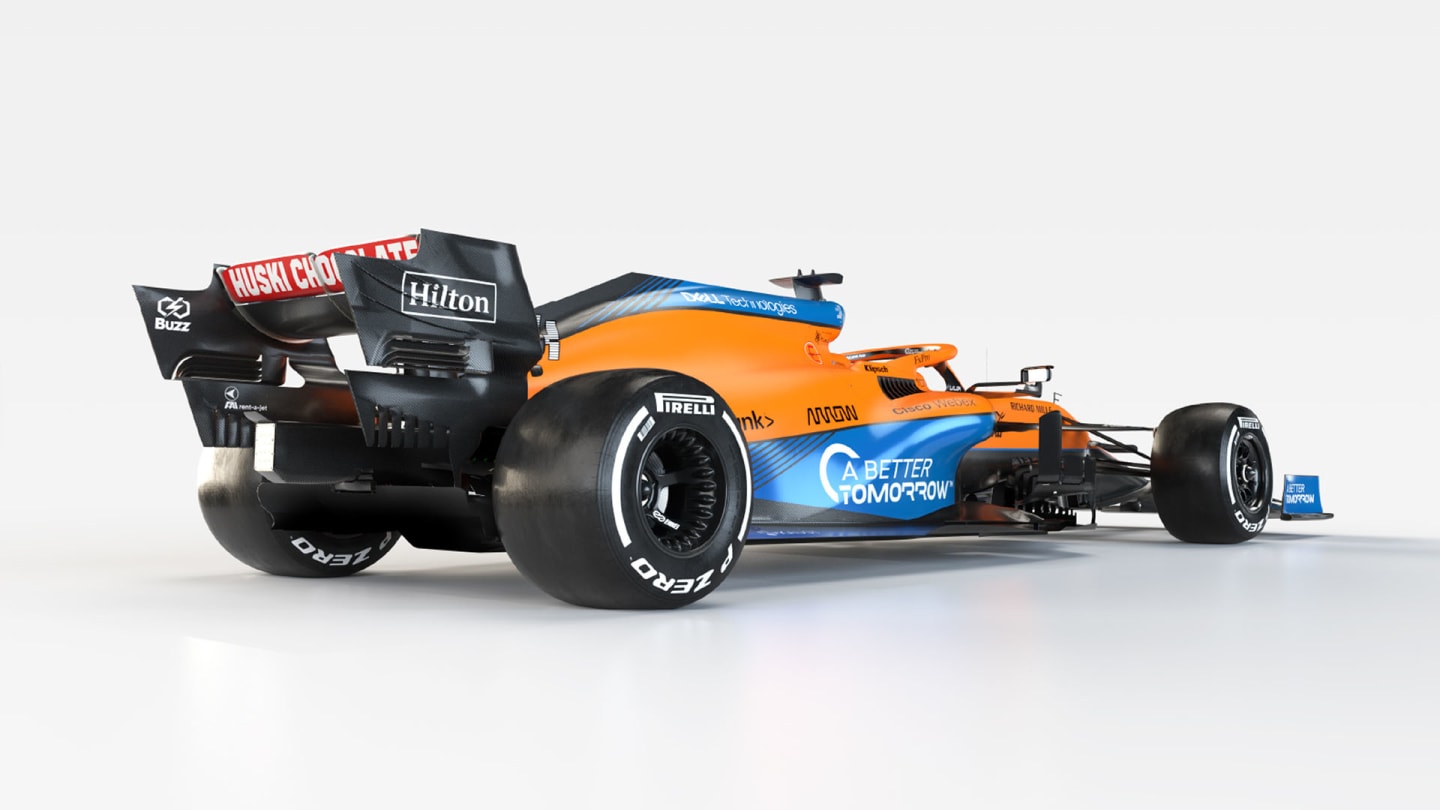
Key is unsure whether they will have recovered all of the aero performance taken away by the floor restriction by the start of the season, but is optimistic that it will all be clawed back – and more – before the season is very old.
“I've heard this from other teams as well during various meetings and so on that the regulation changes were effective, they did knock downforce back quite a bit. Most of it was rear axle and there are always some upstream implications as well but that was really the aim of these regs and they did have quite a significant effect. So we've been in the process of clawing it back.
"My guess is that as we as we get into the season, most will have recovered everything. Whether it's race one or not it's difficult to say; I don't think probably 100% quite yet."
James Key: 'An enormous challenge' to build 2021 McLaren
YOU MIGHT ALSO LIKE
News Hungaroring's redevelopment continues with ‘amazing transformation’ ahead of Hungarian Grand Prix
News Iconic Mercedes F1 car driven by Fangio and Moss goes up for auction
Feature From record-breakers to underdog winners – 8 drivers who enjoyed success after leaving F1
Report Rookie Otis Lawrence wins spectacular dash to the line for victory in Round 4 of F1 Sim Racing World Championship

